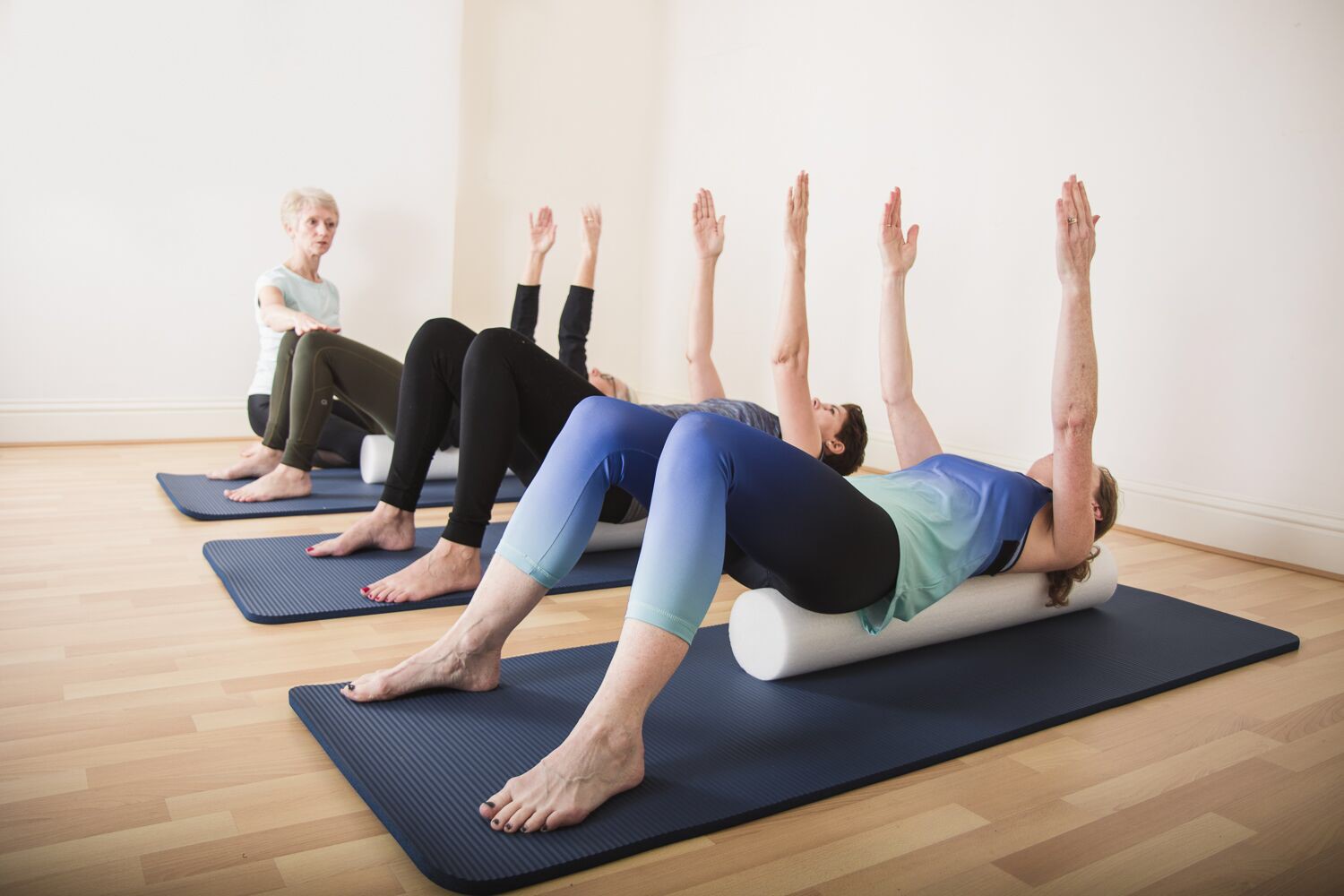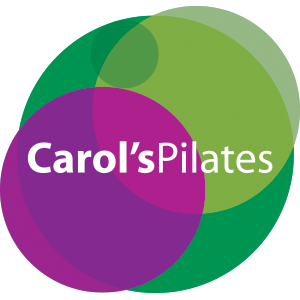Pilates and you: six ways to manage limitations
No body is completely perfect, and most people have some injury or limitation that can impair their movement. But don’t be despondent! There are some straightforward ways to manage your limitations and to regain freedom of movement.
You know something needs to change when your back is so painful you have to crawl to the loo! That was me 10 years ago after I suffered a herniated disc. Thankfully I found Pilates, which subsequently became my new career. At first I questioned whether I should undertake the training with an injury, but I soon learnt what movements to avoid whilst my back was healing, and then how to modify the exercises. I was broken and needed mending, but like many repairs it took time and patience.

We all have limitations to a degree, some brought on by injury, some by inherited conditions but more often than not by life! No body is perfectly symmetrical and we have all developed biases, which dictate how we move. The human body is clever at finding alternative ways to perform an action, compensating in one area for lack of mobility in another. As we age these imbalances become more evident, the compensatory pattern doesn’t work so well, and ultimately something has to give. Add to the mix the Western fixation with sitting, at a desk, in the car, on a train, on a sofa…for hours on end. Muscles give up working because the seat provides the support for you. Bad habits breed bad posture and invite injury.
These limitations need not hold you back, instead they should present a challenge. You simply need to learn how to avoid painful movements whilst building your Pilates practice.
So here are my top tips for managing limitations.
- Be realistic with what you have to work with (you!). If you have an injury or restriction take advice from a professional as to the likely recovery period and what can assist this. Don’t forget to factor in your life style, work or family commitments and the impact they might have on your progress. Notice what movements tend to aggravate your injury and agree an exercise programme with your teacher that works around them.
- Create good habits. With repetition habits are formed, good and bad. With awareness and guidance bad habits can be broken, and with regular practice good habits can be created in their place. Start simply with a few exercises which you feel you can practice confidently on your own, and gradually build on them as your strength and flexibility improve.
- Make space. Out of sight, out of mind. Make a prominent space in your home for your exercises and your equipment. That way, you have a permanent reminder to practice regularly. In particular, try not to hide your mat! Keep it to hand close to where you have space to practice. Leaving it in the boot of the car for your weekly lesson is sensible if you are likely to forget it, but inadvisable for your daily stretch! Making space is valuable for all students, but especially so for those needing to stay motivated as they learn to cope with injury or restriction.
- Set targets. Whether you are recovering from injury or just keen to improve your strength, have a goal, but make it doable. Knowing what motivates you helps. One client proclaimed to the class that she planned to practice three times a week between classes. Aspirations are very important – even if in reality you fall a little short of them.
- Avoid comparisons. You are unique so don’t compare yourself to anyone else. This is especially important for those of us who have limitations to manage. Focus on the improvements that you have already made so far and the next steps you have in your sights. There is no point in getting discouraged by comparisons with professional athletes with young toned bodies, who may never have suffered serious setbacks or injuries in their lives!
- Function and form. Keep focused on the areas you most want to improve and the exercises that will help you achieve your target. Use regressions (modifications to make the exercises simpler and easier) until you have built up your strength and technique). Once you can do the regressions properly, you can move on to the next level. Trying to do advanced exercises perfectly before you are ready for them is completely counterproductive – particularly if they hurt! And executing a difficult exercise perfectly may be too much for you, given the limitations you are working with. The point is to keep improving, not to expect perfection immediately. Doing a regression properly (with ‘good form’) is better than striving for an advanced version with poor form. Challenging yourself can be good, but only if you are realistic about your limitations and the level you are at today. No one will give you a prize for straining yourself or making an existing injury worse. The real prize is to maintain a regular practice that fits with the limitations of your body and your personal and professional life. That way you can enjoy a continuing journey to better health and well-being.
None of these tips are rocket science, just common sense. But if you apply them diligently, you will be surprised at the level of improvement you can achieve!
